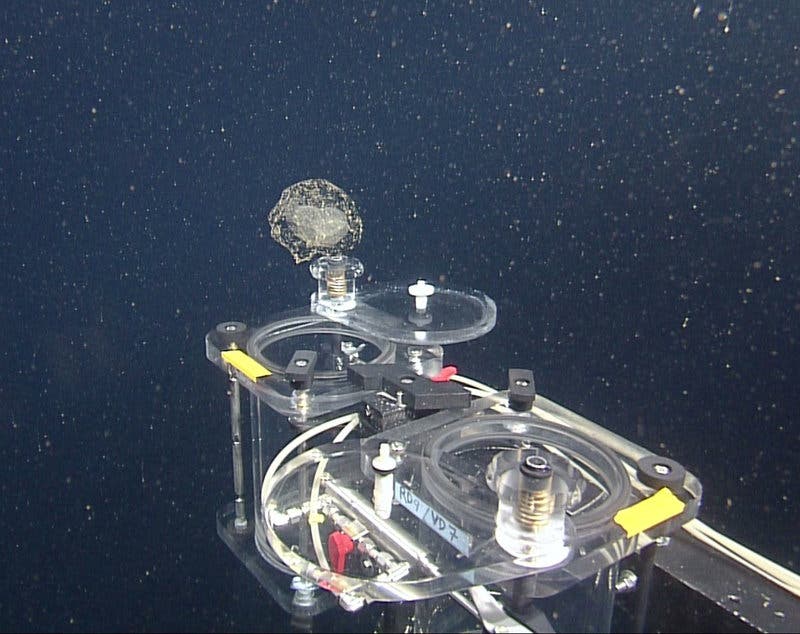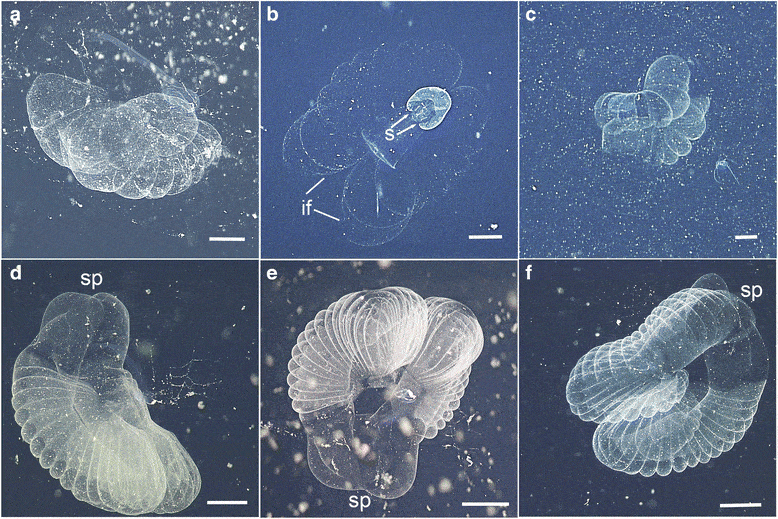Scientists knew the ocean was full of plastic, but it’s much, much worse than we thought.

Look around you now and no matter where you are, there’s a good chance you can see some form of plastic. Plastic has become such a pervasive presence that it’s always around us, in one form or another. The ocean is no different. We’ve known for a while that out of all the plastic we produce, we only recycle a fraction; some of it ends up in landfills, a lot of it ends up in the oceans.
We’ve seen it in every part of the oceanic food chain, and we’ve seen it in every corner of the ocean. See, plastic doesn’t really biodegrade, not for centuries at least — it only breaks down into smaller and smaller pieces, and those pieces can be found in the ocean in great abundance: one study claimed that there are 5 trillion of them. As shocking a number as that may be, it may very well be on the conservative side.
Looking for plastic in the ocean is not an easy feat. For starters, the ocean is big — really big. Having specialized ships cover significant swaths of the ocean is expensive, time-consuming, and logistically challenging. To make matters even worse, the ocean also has the nasty habit of being quite deep. Most of the surveys quantifying ocean plastic focus on the near-surface, because surveying the deep ocean is inherently much more difficult. However, there are a few places which are naturally well-suited for this — places where the coast dips abruptly to the deep parts of the ocean and you can probe from the surface to a few kilometers deep with relative ease. Monterey Bay in California is one of them.
Luckily enough, Monterey Bay also hosts one of the world’s leading oceanographic institutes — the Monterey Bay Aquarium Research Institute (MBARI), which perches on the shoreline. You could hardly find an institute better-suited to study the deeps — they’ve got the specialists, the resources, and the technology for this type of study. More importantly, they also have a robot.
“It’s a massive underwater robot,” explains Kyle Van Houtan, chief scientist with the Monterey Bay Aquarium, which collaborates with MBARI. “Robotic arms, a lot of sensors, machinery, lights, video cameras.”
The multimillion robot is called Ventana and is equipped with an array of sensors, video cameras, and maneuvrable robotic arms. The team has been sending Ventana down to 3,000 feet (almost 1,000 meters), gathering samples as it went through. The samples were then analyzed for pieces of plastic, and the results were pretty surprising: the plastic was always present, from the surface to the very depths.
To make matters even worse, it’s not like the trash is coming from California — the further the robot went from shore, the more plastic it found. In other words, the plastic is coming from pretty much everywhere. It also gets eaten.

Marine biologist Anela Choy is an assistant professor at the Scripps Institution of Oceanography in San Diego and a lead author of the new study. She studies a group called lancetfish, which have been found in numerous different environments and at different depths — but almost never at the surface. Her results are also concerning.
“We’ve looked now at over 2,000 lancetfish,” says Choy, “and we’ve found that about one in every three lancetfish has some kind of plastic in its stomach. It’s really shocking because this fish actually doesn’t come to the surface as far as we know.”
This means that plastic is moving around at all depths, and slowly accumulating up the food chain. A great example starts with the larvaceans — creatures smaller than a finger, but which are surrounded by a yard-wide bubble of mucus that collects food. Of course, this mucus indiscriminately accumulates everything that floats and tries to eat it, including plastic. This is what happens with most if not all filter feeders. All their predators also ingest plastic, and previous work has shown that plastic accumulates up the food chain, even reaching our plates. Humans themselves are not plastic-free — just a few days ago, a survey found that humans consume well over 50,000 microplastic pieces every year.
Bruce Robison, a senior scientist with the Monterey Bay Aquarium Research Institute, says he was also shocked to see how much plastic they found in the deeper ocean — more than on the surface of the Great Plastic Patch.
“The fact that plastics are so pervasive, that they are so widespread, is a staggering discovery, and we’d be foolish to ignore that,” he says. “Anything that humans introduce to that habitat is passing though these animals and being incorporated into the food web”
It’s not clear how much this is affecting wildlife, but it is definitely having an impact. As a material, plastic has proven remarkable endurance and can be mass-produced extremely cheaply. But as a pollutant, all its advantages turn into problems — and these are problems we have to solve as soon as possible or face an unprecedented environmental catastrophe.
Journal Reference: Choy et al. The vertical distribution and biological transport of marine microplastics across the epipelagic and mesopelagic water column. Scientific Reports, 2019; 9 (1) DOI: 10.1038/s41598-019-44117-2


